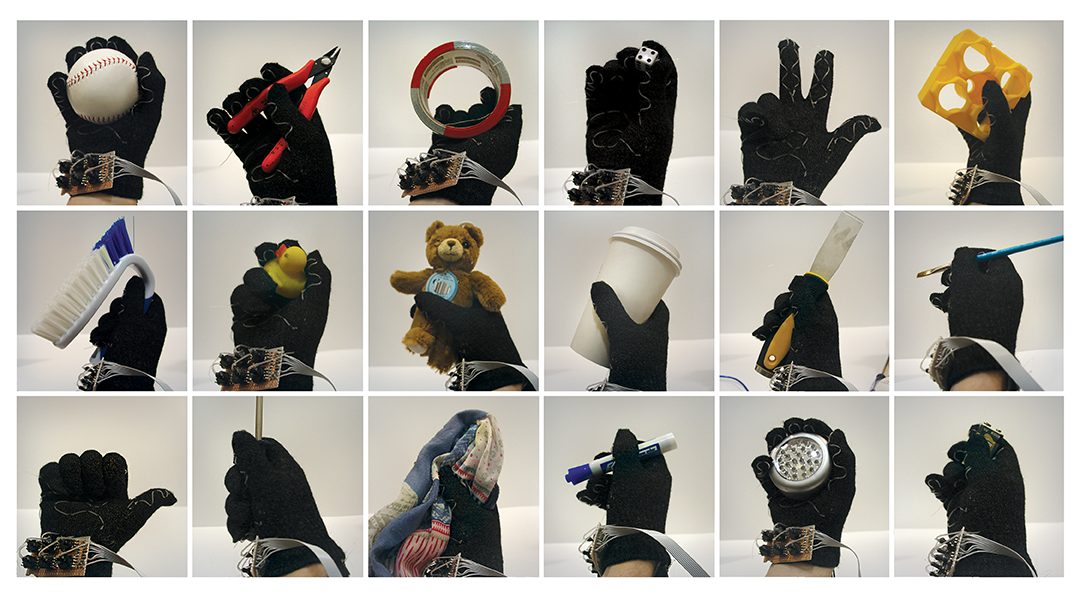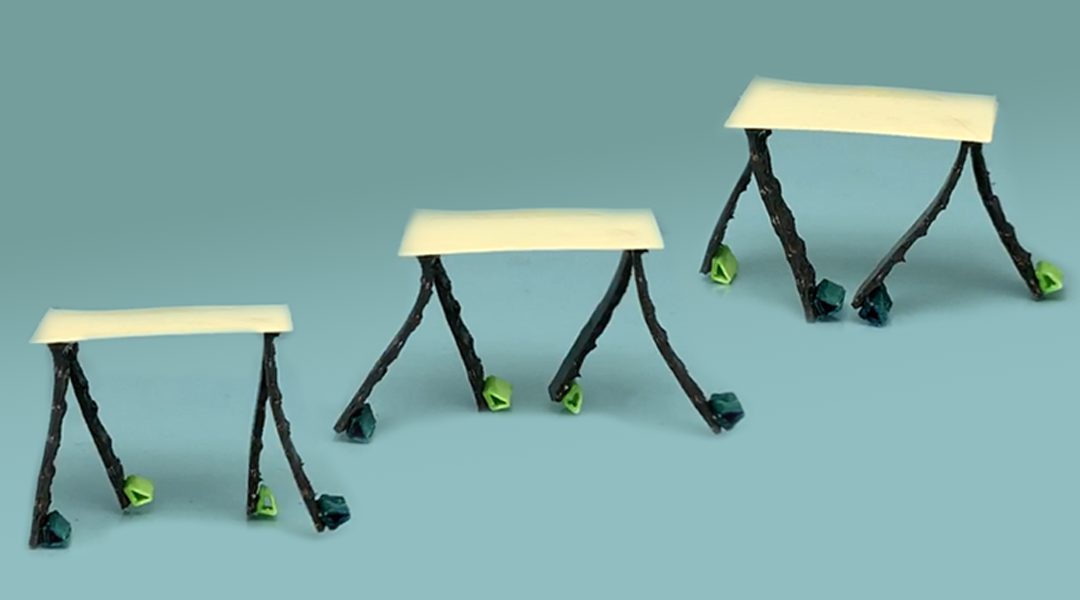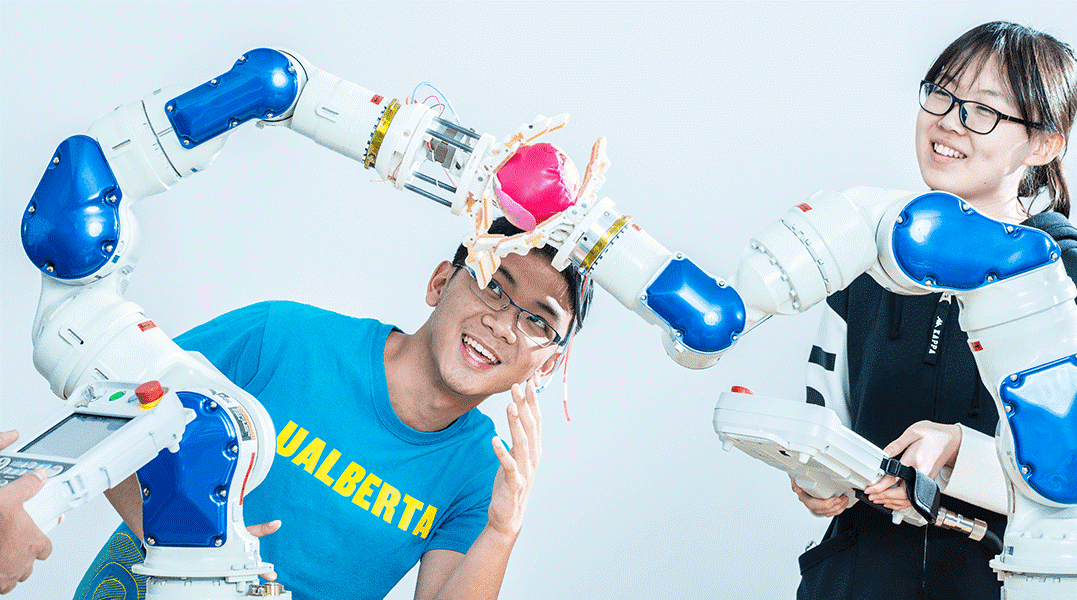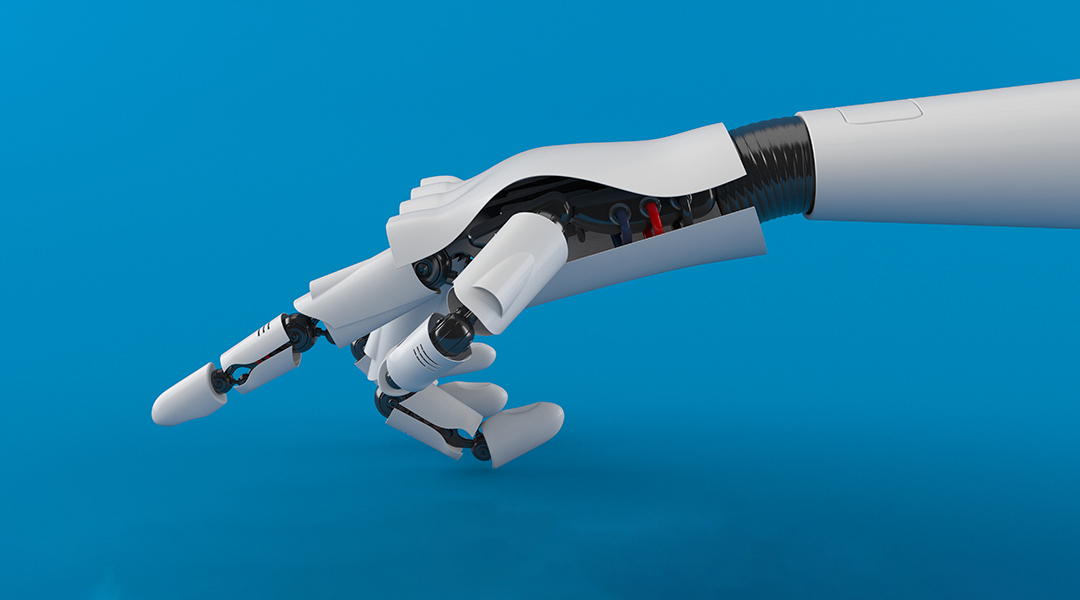Using off-the-shelf components and simple fibre-based construction, a new smart glove captures the complex sensing and high-order reasoning of the human hand.


Using off-the-shelf components and simple fibre-based construction, a new smart glove captures the complex sensing and high-order reasoning of the human hand.

From cracking eggs to plating the finished dish, a team of engineers have trained a robot to prepare omelettes that actually taste good.

An automatic design approach with a new 3D-printing method is established to fabricate soft composites that can change to predetermined shapes and generate controllable robotic motions under a magnetic field.

Robotic systems have the potential to aid and complement healthcare in an effort to spark novel interdisciplinary initiatives between medical, engineering, and science communities.

A soft robotic actuator harnesses the elastic snap‐through and snap‐back instability of a rubber balloon to realize rapid, large deformations.

Kirigami transformations give rise to mechanical actuation of a soft robot upon light illumination.

Researchers from Taiwan and Japan have developed a low-cost, intelligent soft robotic finger using paper electronics.

Using a micro-3D-printing technique, researchers were able to print detailed robotic parts that are smaller than the diameter of a human hair and display color-expressing features for microrobot tracking and identification.

A new, flexible, and self-powered sensor made by magnetoelectric materials can convert mechanical stimuli to electrical signals for robots with a “soft touch”.

To mimic the fluid and versatile movement of soft-bodied animals, soft robots require their own “muscles” to function.